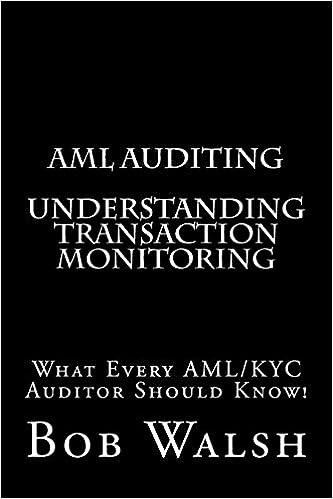~ XYZ Corporation experienced the following events during 2019: 1. Raised cash by issuing a note payable. 2. Incurred and paid operating expenses. 3. Received
~ XYZ Corporation experienced the following events during 2019: 1. Raised cash by issuing a note payable. 2. Incurred and paid operating expenses. 3. Received payment in advance for services to be provided in 2020. 4. Made a December 31, 2019 year-end adjustment for three months of rent that had been prepaid and properly recorded on October 1, 2019. 5. Repaid part of the note in event 1. 6. Declared cash dividends to stockholders, payable in 2020.
Indicate how each of these events affects the accounting equation by writing the letter I for increase, the letter D for decrease, and NA for no effect under each of the components of the accounting equation. Use only one item of entry in each column. The first event has been completed for you as an example. All boxes in the Assets, Liabilities, Common Stock and Retained Earnings columns must have either an I, D or NA for events 2 through 6.
| XYZ CORPORATION | |||||||
|
|
|
|
|
| Stockholders' Equity | ||
| Event Number | Assets | = | Liabilities | + | Common Stock | + | Retained Earnings |
| 1) | I |
| I |
| NA |
| NA |
| 2) |
|
|
|
|
|
|
|
| 3) |
|
|
|
|
|
|
|
| 4) |
|
|
|
|
|
|
|
| 5} |
|
|
|
|
|
|
|
| 6) |
|
|
|
|
|
|
|
~ In the TABLE BELOW, for each of the following four transactions, identify the type of event as asset source (AS), asset use (AU), asset exchange (AX), or claims exchange (CX). Also, indicate whether the transaction results in an Increase (I), Decrease (D), or No Impact (NA) to each of the balance sheet elements. 1) EXAMPLE (as a sample illustration) 2) Debited cash and credited common stock. 3) Debited cash and credited accounts receivable. 4) Debited cash and credited unearned revenue. 5) Debited dividends and credited dividends payable.
| Event | Type of Event | Assets | Liabilities | Common Stock | Retained Earnings |
| 1) EXAMPLE | AS | I | I | NA | NA |
| 2) |
|
|
|
|
|
| 3) |
|
|
|
|
|
| 4) |
|
|
|
|
|
| 5) |
|
|
|
|
|
~ Indicate whether each of the following statements regarding internal controls is true or false. _____ a) To maximize efficiency and to reduce costs, it is acceptable for the same individual to perform all of the following functions: the authorization of transactions, the recording of transactions, and the custody of the associated assets. _____ b) Under proper internal controls, the person who prepares weekly payroll checks should have the ability to authorize a pay increase for an employee. _____ c) Under proper internal controls, those who are given authority should bear the corresponding responsibility. _____ d) A fundamental internal control is to require some or all employees to take vacation time and job rotations. _____ e) A fidelity bond is a form of insurance that companies buy to protect the company from loss due to employee dishonesty.
~For each of the five (5) accounts presented in the following table, identify with a Y (YES) or N (NO) whether each account is presented in the income statement OR balance sheet and whether it is included in the measurement of gross margin and/or operating income. Your income statement or balance sheet determination should be made before closing entries.
| Account Number | Income Statement | Balance Sheet | Gross Margin | Operating Income |
| EXAMPLE --- Land | N | Y | N | N |
|
|
|
|
|
|
| 1. Cost of Goods Sold |
|
|
|
|
| 2. Allowance for Doubtful Accounts |
|
|
|
|
| 3. Transportation-out |
|
|
|
|
| 4. Dividends |
|
|
|
|
| 5. Accumulated Depreciation |
|
|
|
|
Step by Step Solution
There are 3 Steps involved in it
Step: 1

See step-by-step solutions with expert insights and AI powered tools for academic success
Step: 2

Step: 3

Ace Your Homework with AI
Get the answers you need in no time with our AI-driven, step-by-step assistance
Get Started


